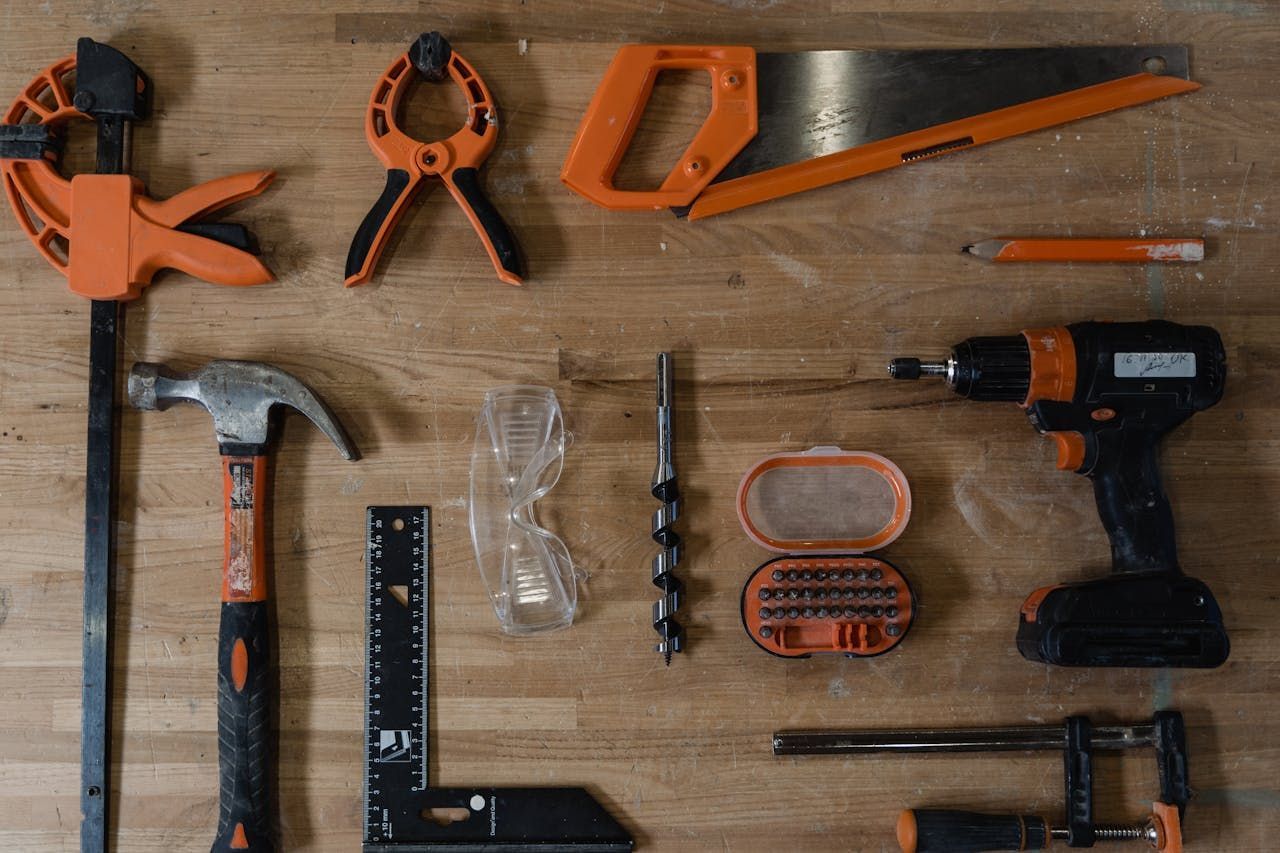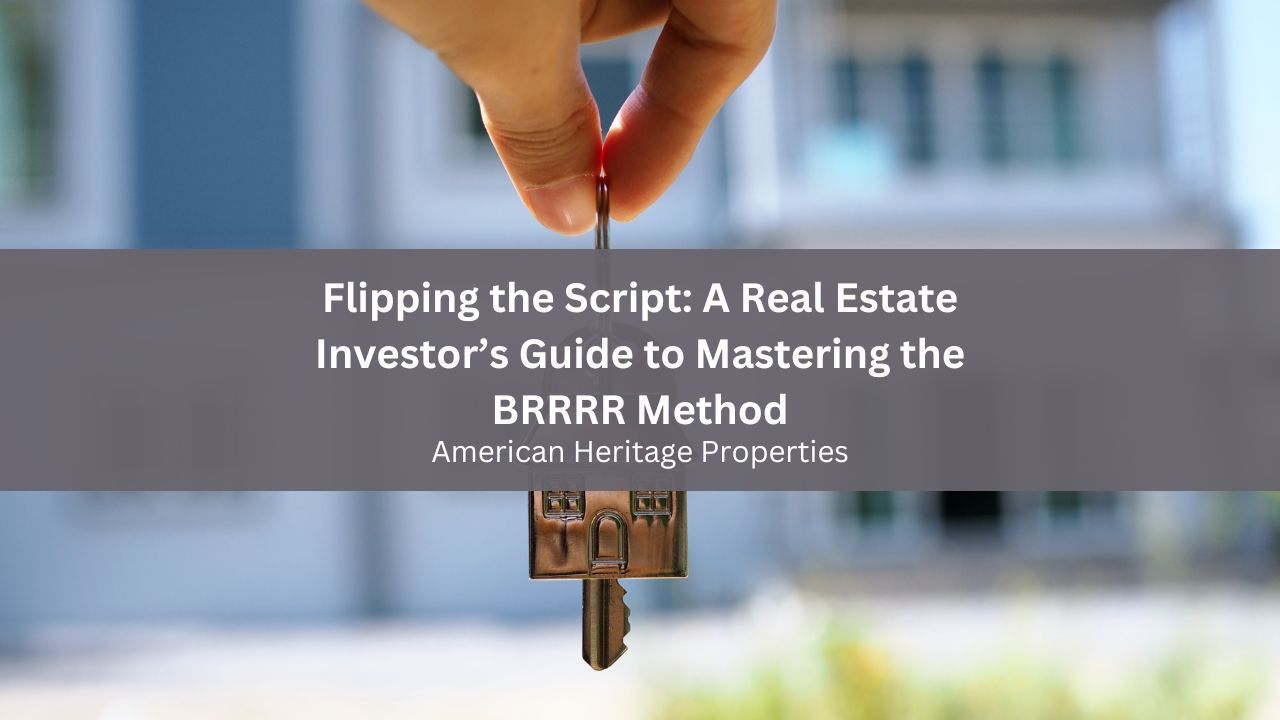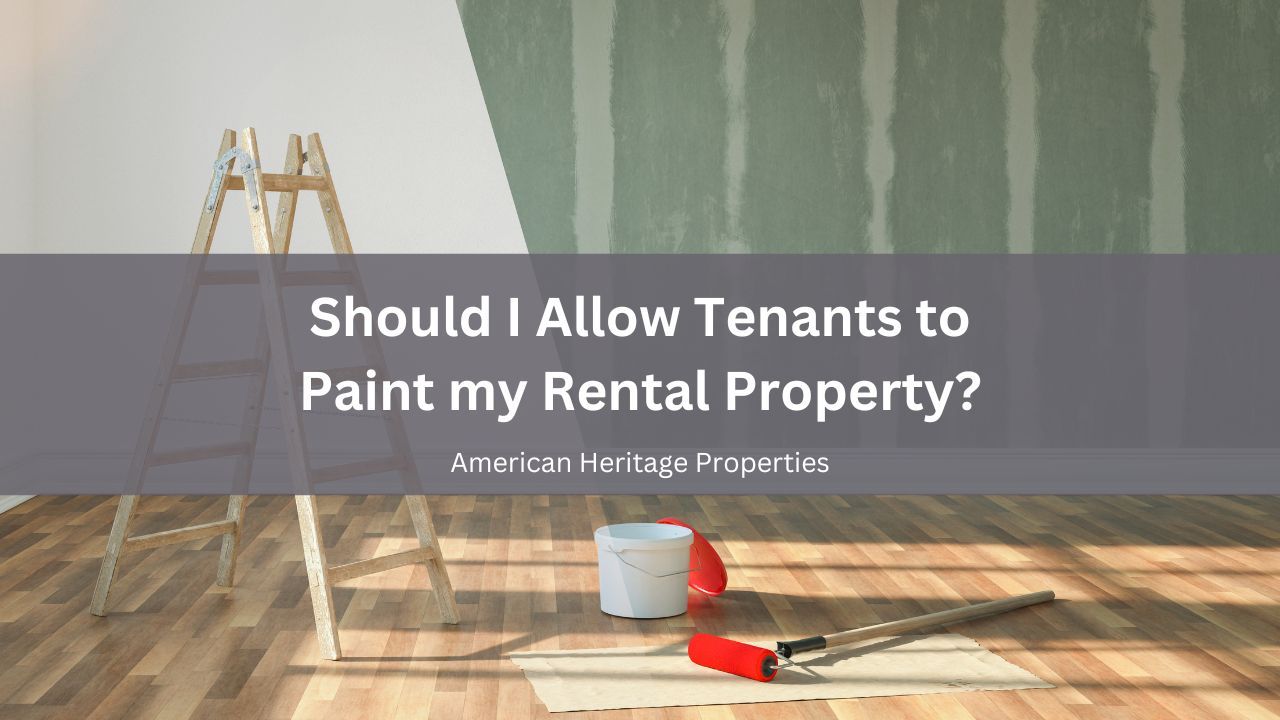How to Attract Long-Term Tenants

Finding quality long-term tenants can make a big difference for landlords in terms of both financial stability and property care. High tenant turnover leads to frequent vacancies, often requiring extra time, energy, and expenses for marketing, cleaning, and repairs. Attracting long-term tenants helps landlords reduce turnover costs, improve cash flow, and ensure a steady rental income.
American Heritage Properties has put together this guide to help landlords understand the best ways to attract and retain quality tenants for the long haul. By implementing these strategies, landlords can create a more profitable and less stressful rental experience.
Strategies to Attract Long-Term Tenants
1. Set a Competitive Rental Price
The rental price is one of the most crucial factors for attracting tenants who want to stay for a longer period. To set a competitive rent, landlords should research similar properties in the area and consider the unique features of their property.
Overpricing can drive potential long-term tenants away, while underpricing might attract tenants who can’t afford higher rent, potentially leading to financial challenges. Pricing the property competitively not only helps secure tenants but also sets the tone for a fair rental experience.
2. Offer a Well-Maintained Property
Tenants are more likely to sign a long-term lease when the property is clean,
well-maintained, and move-in ready. Ensuring that appliances, fixtures, heating, cooling, and plumbing systems are in good condition is key to making the property more attractive.

Regular maintenance and prompt repairs show tenants that the landlord is responsible and cares about the property. Additionally, a clean and welcoming property sets expectations for tenant upkeep and helps tenants feel a greater sense of pride in the space, making them more likely to stay.
3. Screen Tenants Thoroughly
Conducting a comprehensive tenant screening process is essential for attracting reliable long-term tenants. A thorough background check, credit check, and rental history evaluation can provide insights into a tenant’s reliability and ability to pay rent on time.
It's also beneficial to check references from previous landlords to ensure the tenant has a positive track record. While the screening process requires time and effort, it significantly reduces the risk of high
turnover due to unpaid rent or property damage.
4. Ensure Open Communication and Quick Responses
Tenants are more likely to stay in a rental property when they feel heard and supported by their landlord. Providing clear contact information and responding promptly to maintenance requests, questions, or concerns fosters trust and respect. This approach demonstrates that the landlord is accessible and attentive, which reassures tenants that they are living in a well-managed property.

5. Offer Flexible Lease Terms
While some tenants prefer long-term leases, others may want more flexible terms. Offering flexibility with lease lengths, such as 12-, 18-, or 24-month options, can appeal to a broader range of renters. Flexibility with the lease start date, renewal terms, or even minor property adjustments to suit the tenant’s needs can make the rental experience more accommodating.
6. Be Mindful of Rent Increases
Sudden or steep rent hikes can push good tenants to look elsewhere. Incremental, predictable increases in rent price that are communicated well in advance can help keep tenants from feeling blindsided or financially burdened. Additionally, landlords can consider adjusting rent based on the market, balancing between making a fair profit and maintaining tenant satisfaction.
7. Provide Attractive Amenities
Offering basic but desirable amenities can help increase tenant retention. In-unit laundry, updated appliances, energy-efficient lighting, and air conditioning can make the property stand out. If the budget allows, consider other appealing amenities like pet-friendly policies or secure parking.
8. Establish Clear Rules and Expectations
Lease agreements should detail policies on rent payments, maintenance, noise, and other relevant areas. This clarity helps tenants understand what’s expected and reduces misunderstandings down the road. When expectations are well-defined and fair, tenants are more likely to feel satisfied and less inclined to move due to policy conflicts or surprises.

9. Allow for Personalization of Space
Allowing tenants to personalize the space can make the rental feel more like home. Small allowances like changing paint colors, adding decorative items, or arranging outdoor plants create a more personalized experience. Personalizing the space often leads tenants to build an emotional attachment to the property, which can make them more likely to stay long-term.
10. Stay Informed on Market Trends
Staying current with local rental market trends, such as popular amenities, neighborhood changes, and rent prices, can help landlords stay competitive. Knowing what renters want in a particular area allows landlords to make adjustments to meet those preferences. Tenants are more likely to stay in a property that fits with modern market trends and meets their needs.
11. Consider Professional Property Management Services
Professional property management services can help improve tenant satisfaction and streamline property operations. They handle everything from tenant screening and lease management to maintenance requests, providing a high-quality rental experience.
Bottom Line
Attracting long-term tenants requires a mix of strategic property management, clear communication, and a commitment to tenant satisfaction. By setting a competitive rent, maintaining a clean and safe property, offering attractive amenities, and being responsive, landlords can create a rental environment where tenants feel comfortable and valued.
American Heritage Properties can assist landlords in implementing these strategies to attract and retain long-term tenants. Our experienced team manages tenant relations, conducts thorough screenings, handles property maintenance, and offers proactive solutions that enhance tenant satisfaction. Contact us today to know how we can support your property management needs!
Share this post









